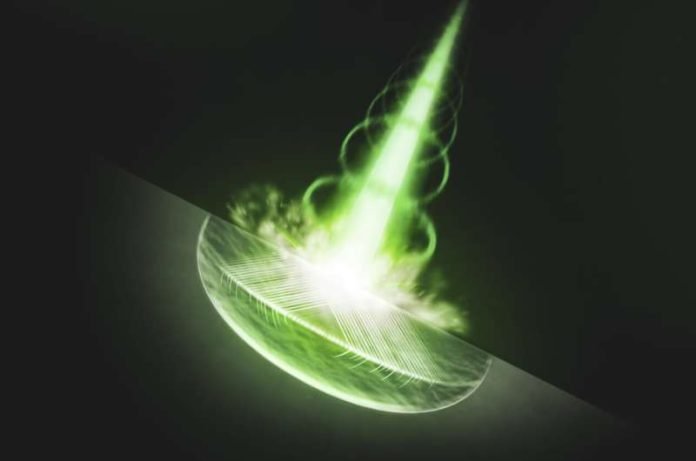
Diamonds, those glittering gems that have captured our fascination for centuries, have been keeping a little secret.
Not just a symbol of love and luxury, diamonds are also of paramount interest to scientists who seek to understand the mysteries of materials that exist under our very noses.
This precious stone, known for its unmatched hardness, has recently become the focus of a ground-breaking study.
Researchers, with their eyes set on the minute and invisible world inside materials, have recently stumbled upon a thrilling discovery about how tiny cracks, also known as “dislocations,” zoom through it at astonishing speeds.
The Zooming Cracks: A Fast and Unseen Phenomenon
Imagine bending a plastic ruler. At first, it just bends, but apply a little more force, and suddenly it snaps.
The invisible force that moves within the ruler, urging it to break, is somewhat similar to what happens in other materials, including diamonds, but at a microscopic level.
These micro-level cracks or “dislocations” have been a topic of science debates for over 50 years. Can they travel at lightning-fast speeds, perhaps even faster than sound? Well, now we know they can!
Researchers, in a recent study, observed these tiny cracks, invisible to the naked eye, moving through a diamond at speeds we previously thought impossible.
They used super bright and fast X-ray lights, much like the ones doctors use to peek inside our bodies but way more powerful.
It’s like using a super-fast camera to capture the speedy journey of these minuscule cracks through the diamond, all happening in a blink of an eye.
What Does This Mean for Us?
You might wonder why this matters to us. Imagine an earthquake, where the ground shakes and cracks open, causing chaos and destruction. Scientists believe that a similar, albeit tinier and faster, action happens inside materials.
These tiny, ultra-fast cracks within could potentially tell us why and how big things break and fail, from the earth’s crust during an earthquake to the wings of an airplane under stress.
In an effort to simplify a somewhat complex scientific endeavor, picture a solid block of jelly. If you poke it or squeeze it, the jelly deforms.
It either bounces back to its original form or stays a bit squished if you apply too much pressure. The internal disturbances in the jelly, albeit not completely analogous, gives a rudimentary idea of how dislocations move inside materials.
These internal shifts within diamonds, and likely other materials, could offer insights into their breaking points and resilience under pressure.
When scientists conducted experiments in Japan using diamonds, they employed powerful laser beams to create shock waves within them, and then used the advanced X-ray technology to capture images of the moving dislocations.
Diamonds were chosen for this experiment not just because of their hardness, but also because they offer a simpler scenario for studying these dislocations compared to metals, which can have numerous complex variables.
Through a series of high-speed images, they were able to observe that the cracks did indeed travel through the diamond faster than the speed of a specific type of sound wave within the solid, something that had not been witnessed before.
This discovery paints a new picture of the internal dynamics of materials, providing us a new window through which we can understand how and why materials might fail.
Understanding how things break and fail, especially at unseen, microscopic levels, helps us make better, stronger, and safer materials.
This newfound knowledge isn’t just fascinating but paves the way toward advancements in numerous fields – from creating safer buildings and vehicles to possibly predicting and understanding geological phenomena like earthquakes with more accuracy.
As we unwrap more layers of understanding about the hidden, micro-world within materials, it’s evident that such knowledge has the power to influence various aspects of our daily lives and the technology we depend upon.
This tale told by diamonds is not merely a story of microscopic cracks and their speedy journeys but is a stepping stone towards advancements that could make our world safer and technologies more reliable.
The research findings can be found in Science.



